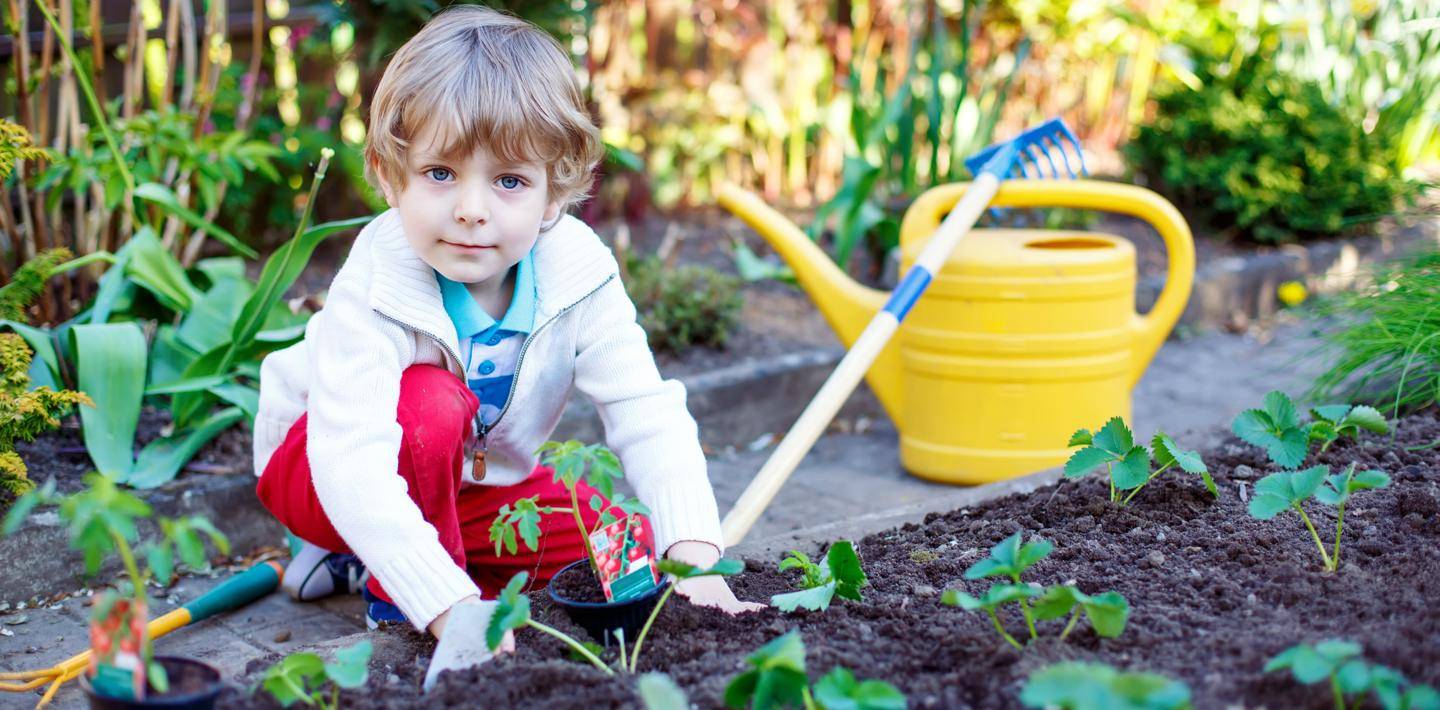The Real Insight is a must-read consumer newsletter that delivers important news about the real estate market right to your inbox every week. The Real Insight will benefit readers with hand-picked articles and curated content that puts our expertise in the real estate industry to work for you. Learn about the best time to buy or sell, when to start (or stop) that pesky remodeling project and how the larger real estate market could impact your decision on whether to invest in real estate—and when. You’ll also receive reliable seasonal articles during tax time and DIY decorating tips for the holidays. Subscribe to The Real Insight today and get informed!

The Centers for Disease Control and Prevention recently released new, stricter guidelines for assessing lead poisoning in children.
The guidelines lower the amount of lead in the blood that’s considered “acceptable,” from 10 micrograms of per deciliter to less than 5 micrograms.
That’s the first revision the CDC has issued in more than 20 years regarding lead in the blood, and long overdue, according to experts. As a result, the number of at-risk children jumps from about 77,000 to more than 440,000 nationwide.
That’s a big increase, and a wake-up call for parents. Because there’s no cure for lead poisoning, you’ve got to prevent it from happening in the first place. The CDC emphasizes parental vigilance as the best preventative.
For example, you should know that almost 90% of lead contamination comes from flaking and peeling paint on houses built before 1978 — the year that lead additives were banned from household paint. Anyone with a home built before 1978 should be alerted to the possibility of lead paint.
Renovations on older homes also contribute to contamination, as does contaminated well water. Even garden hoses have been found with lead.
To determine if there’s contaminated paint on your house, have the paint tested for lead. Hire a professional to safely remove lead paint.
Other simple prevention steps you can take:
Keep surfaces clean. Lead paint dust from deteriorating houses can travel long distances, so being in a new neighborhood doesn’t guarantee safety. Wet-mop floors and wipe windowsills. Leave shoes at your entry door to keep from tracking dust through the house.
Keep kids’ play areas and veggie gardens away from eave lines around houses and garages where roof runoff that contains lead dust may spill.
Wash kids’ hands frequently, especially before eating. Teach youngsters not to put anything in their mouths.
The CDC recommends that every child under the age of 2 be tested for lead. Exposure is particularly dangerous for children under 6 because their brains are developing. Elevated lead levels can cause learning disabilities, behavioral problems, seizures, and even death.



